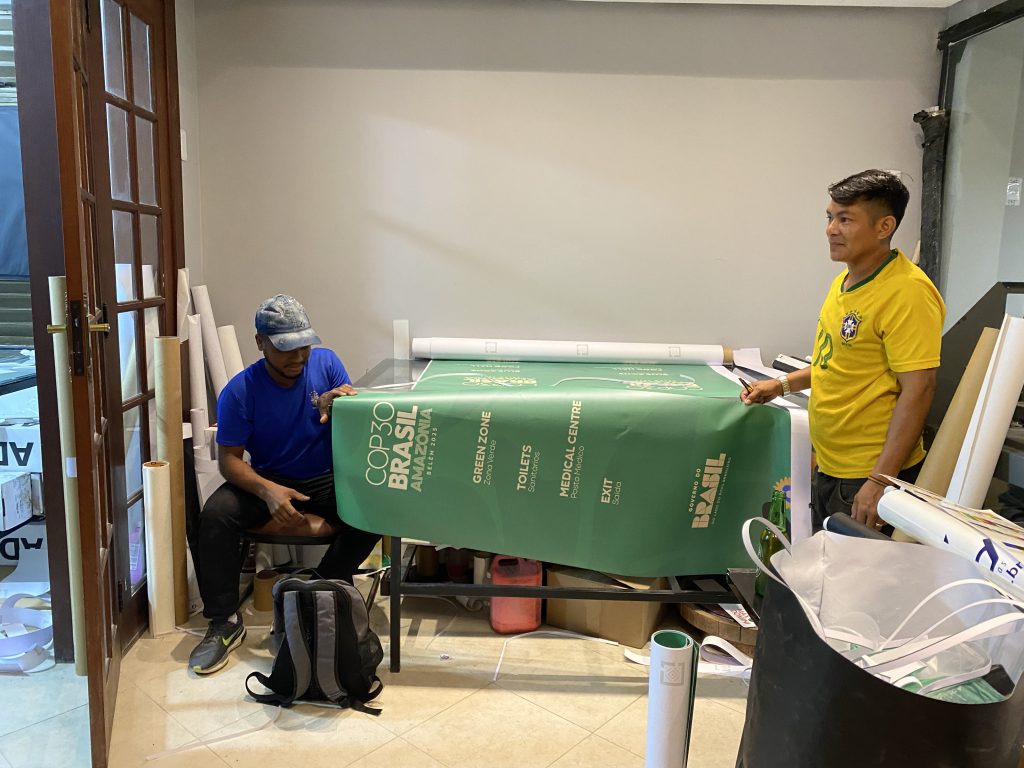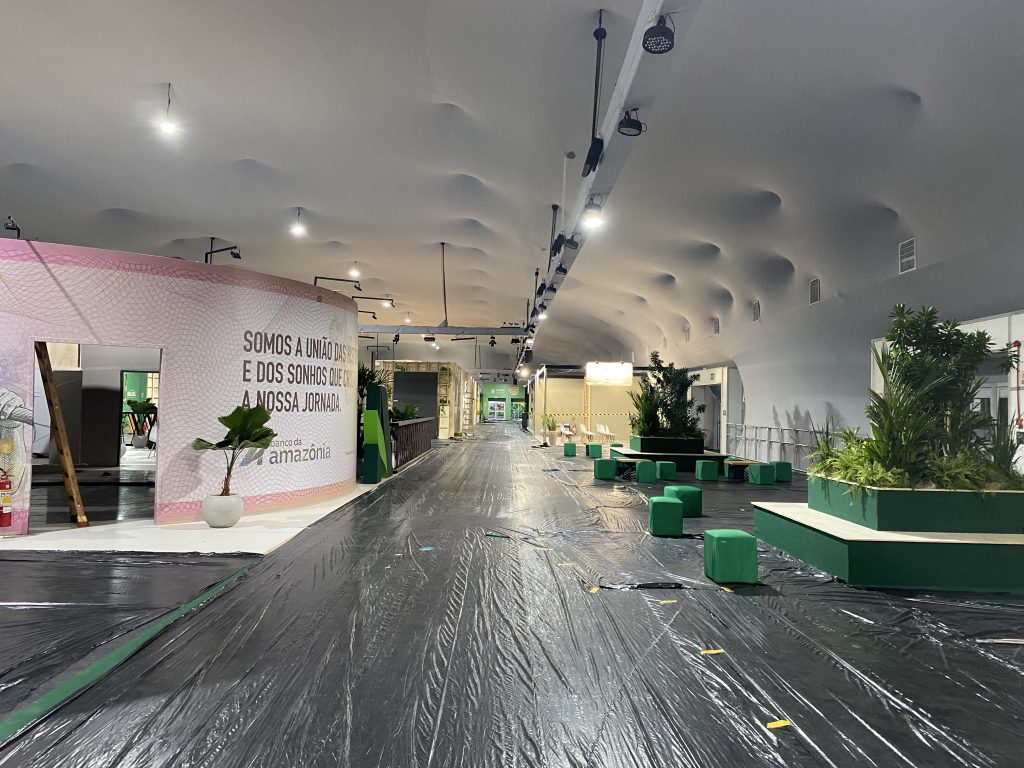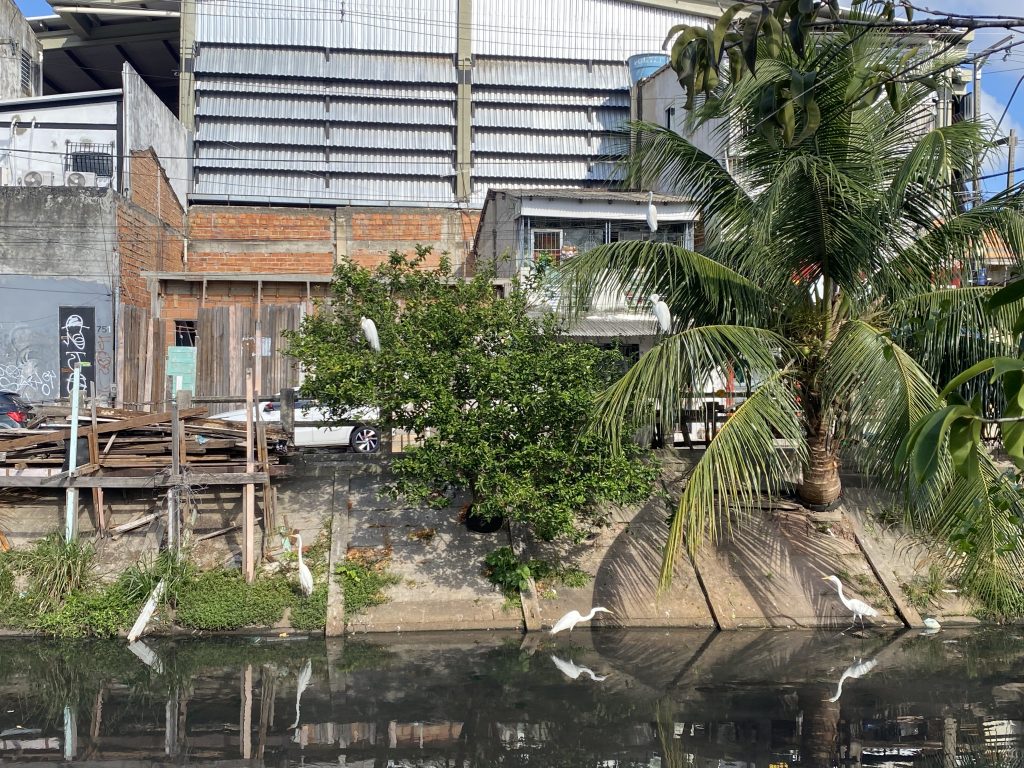I arrived in Belém very early Thursday morning. I had wanted to arrive before the negotiations got underway to see if I could catch the opening of this event from the city’s perspective.
The decision to host COP30 in the Amazon, announced by Brazil’s President Lula at COP27 in Sharm-el-Sheikh, has been controversial. But walking the hot, sticky streets of Belém over the last few days has left me with the sense that the Amazon is exactly where the global climate community needs to be.
Why Belém?
It can be surprisingly hard to experience the host city during a COP. Usually, I view it through the airport transfer, the daily commute to the venue, and in search of an evening meal. In Belém, it is not that way.

First, it is a medium sized city and there is no way to partition the event and its participants from true city life – they are alongside each other. Second, the kind of hotels that delegates like to stay in are in short supply and many were already booked up a year ago. Residents are hosting in their homes and renting their apartments. This is a COP within the heart of the city itself.
Having the negotiations situated in the city in this way is a reminder to delegates, and those viewing from the outside, where the binary of developed versus developing country in UN climate negotiations comes from and why it is still relevant. This can be forgotten hosted in Global South city districts that look much like their counterparts in the Global North. As you walk the tree lined city streets, you remember that common but differentiated responsibilities (CBDR) matter for some governments as much now as when the UN Framework Convention on Climate Change (UNFCCC) was established in Rio in 1992.
This is critical for a COP that must address the developed and developing country divide that remains the major obstacle to collectively ensuring that the world stays well below 2 degrees of global warming. Developed countries have historical responsibilities to lead the decarbonisation of the global economy and to provide the finance and technology that can enable developing countries to mitigate and adapt to the climate change that we are locked into through passed greenhouse gas emissions.
The city heart
It seems like the whole city is orientated towards hosting this COP. It’s not always that way. COP28 in Dubai, for example, was one event of many in the city’s busy event schedule. I felt at the time that the UN climate negotiations were meant to be presented in this way – as not the only or the most important game in town. And at COP27 in Sharm-El-Sheikh, the resort I was staying was more packed with tourists than COP delegates. It’s not like that here in Belém.

On Thursday night, my host took me behind the scenes of the city’s preparations. She promised me a ride to the park, but along the way, we stopped at her print business. it’s hard to know exactly what’s going on when you’re communicating through google translate. Waiting by the door was a pile of posters. We put them in the back of the car and carried on.
I felt nervous driving through the city as she talked to me and conducted her business on the phone. The world leaders were in town for the COP30 Heads of State Summit, as evident in the police presence and traffic control.
Eventually we arrived at Parque da Cidade. It turned out she was taking me to the site of the COP30 Green Zone. The Green Zone is open to the public and where civil society, the private sector and governments can present, share and discuss diverse aspects of climate action. We dropped off the posters, and I walked through the venue under construction.

Travelling back across the city, my host shared her beliefs and politics with me. I listened carefully to a perspective that was against President Lula. She told me how much she loves her city, and she had clearly embraced the arrival of COP30, but climate change wasn’t mentioned.
As we drove home, she pointed out a square, Praça Batista Campos, and told me to walk from the house in the morning. I did. I saw and smelled the Egrets and the tiny pocket of trees where they lived. The wild-life of the city is so deeply affected by the present global economic model of existence, which has ravaged their home, dirtied their water and heated the air.
The complexities and contradictions on show in the COP30 host city are easily written out of climate reporting. However, I worry that if we don’t start to tell our climate stories from the perspective of all those living through it – including the wild inhabitants of a city – even the tiny pockets may be lost.
Wandering through the streets, made me wonder at how Belém’s heart has opened to receive COP30. I hope those visiting will be kind and respectful to this beautiful Amazon city.

